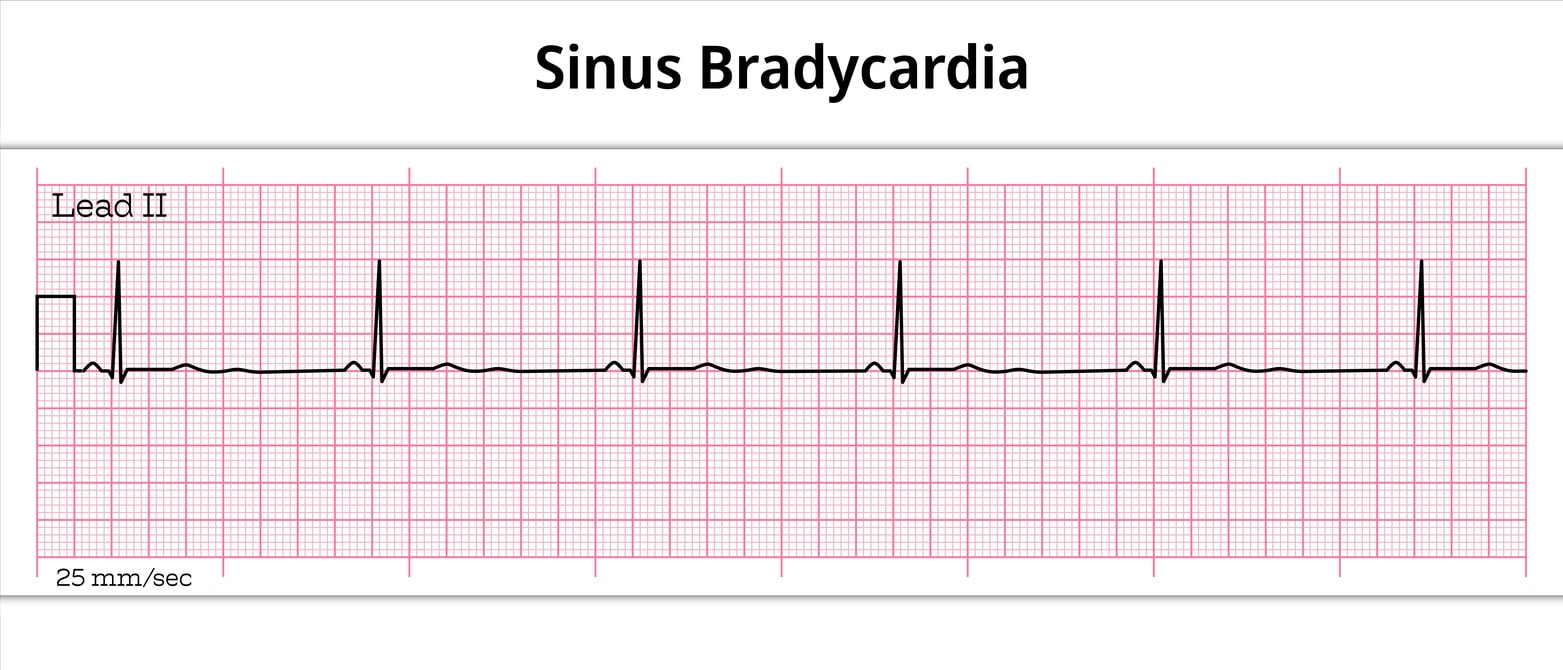

The Neonatal Resuscitation Program (NRP) written test challenges healthcare professionals with critical scenarios they’ll face in delivery rooms. Passing this exam requires solid knowledge of newborn assessment, resuscitation algorithms, and emergency interventions.
Healthcare providers who work with newborns—including nurses, respiratory therapists, and physicians—must demonstrate competency through both written and practical assessments. The NRP written test evaluates your understanding of the science behind neonatal resuscitation and your ability to make quick, life-saving decisions.
This comprehensive guide covers the most common NRP test questions, organized by key topics. You’ll find detailed explanations that go beyond simple memorization, helping you understand the reasoning behind each correct answer. Whether you’re preparing for initial certification or renewal, these practice questions will strengthen your knowledge and boost your confidence.
The first 60 seconds after birth—known as the “Golden Minute”—are crucial for newborn survival. Most NRP test questions focus on this critical timeframe.
Answer: The three rapid assessment questions are:
If you answer “yes” to all three questions, routine care is appropriate. A “no” to any question means the baby needs immediate evaluation and possible resuscitation.
Answer: Establishing effective ventilation is the most important action. Most newborns who need resuscitation have respiratory problems, not cardiac issues. Once you establish good ventilation, the heart rate typically improves quick
Answer: Begin positive pressure ventilation if the baby is:
Don’t wait beyond 60 seconds to start ventilation if these conditions exist.
Heart rate determines your next steps in neonatal resuscitation. NRP emphasizes heart rate as the primary indicator of resuscitation effectiveness.
Answer: Heart rate ranges and interventions:
Electronic cardiac monitoring provides continuous assessment but isn’t always immediately available.
Answer: Administer epinephrine. The dose is 0.01-0.03 mg/kg (0.1-0.3 mL/kg of 1:10,000 solution) given intravenously through an umbilical venous catheter.
Effective ventilation skills are essential for neonatal resuscitation success. Many test questions focus on proper technique and troubleshooting.
Answer: Initial ventilation settings:
Answer: Signs of effective ventilation include:
Answer: Use the MR. SOPA acronym:
Chest compressions are rarely needed but represent a critical skill when heart rate remains below 60 bpm.
Answer: Begin chest compressions when:
Answer: Proper technique includes:
Answer: Use the “One-and-Two-and-Three-and-Breathe” rhythm. The person doing compressions counts out loud while the person ventilating provides a breath on “Breathe.”
While medications are rarely needed, understanding their use is crucial for severe cases.
Answer: Epinephrine is the first-line medication. It’s indicated when heart rate remains below 60 bpm despite adequate ventilation and chest compressions.
Answer: Intravenous (IV) route through umbilical venous catheter is preferred. The endotracheal route may be used while establishing IV access, but requires a higher dose (0.05-0.1 mg/kg).
Answer: Volume expansion is considered when:
Real-world scenarios often involve complications that require modified approaches.
Answer: Current guidelines state:
Answer: Preterm considerations include:
Answer: Follow standard NRP algorithms initially, but:
Effective resuscitation requires coordinated teamwork and clear communication.
Answer: The most qualified person present should lead, typically:
Answer: Debriefing helps the team:
NRP includes guidelines for when resuscitation may not be appropriate.
Answer: Consider discontinuing when:
Answer: When possible:
Proper documentation and quality improvement are integral parts of neonatal resuscitation programs.
Answer: Essential documentation includes:
Answer: NRP recommends:
Understanding these common NRP test questions provides a strong foundation, but hands-on training remains essential for true competency. The written exam tests your knowledge, while practical skills sessions ensure you can apply that knowledge under pressure.
We offer comprehensive NRP certification courses that combine American Academy of Pediatrics online coursework with intensive skills training. Our experienced instructors guide you through realistic scenarios, helping you master the techniques and decision-making skills needed for successful neonatal resuscitation.
Our NRP classes feature small group settings that allow for personalized attention and plenty of practice time. We provide same-day certification cards, convenient scheduling options, and the lowest prices in California. Whether you’re a new healthcare provider or renewing your certification, we’re committed to helping you gain the confidence and competence needed to save newborn lives.
Contact Safety Training Seminars today to schedule your NRP certification class. Join thousands of healthcare professionals who have trusted us for their life-saving training needs since 1989.